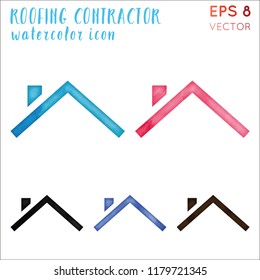Learn Exactly How Seasonal Aspects Affect Commercial External Paint Success And Discover The Very Best Times To Make Sure Enduring Outcomes For Your Job
Learn Exactly How Seasonal Aspects Affect Commercial External Paint Success And Discover The Very Best Times To Make Sure Enduring Outcomes For Your Job
Blog Article
Web Content Produce By-Leach Browne
When you're intending a business outside painting job, seasonal elements can make or break your results. You'll wish to consider exactly how temperature and humidity effect paint application and drying times. Picking the right season can guarantee your paint sticks appropriately and lasts much longer. Yet which seasons are really the most effective for this type of job? Let's check out the key elements that can impact your task's success.
The Effect of Temperature on Paint Application
When you're preparing a commercial outside painting project, the temperature level can considerably influence just how well the paint sticks and dries.
Preferably, you intend to paint when temperatures range between 50 ° F and 85 ° F. If just click the next website 's as well chilly, the paint may not heal effectively, bring about concerns like peeling or breaking.
On the other hand, if it's too warm, the paint can dry out as well promptly, stopping proper attachment and causing an unequal surface.
You need to likewise take into consideration the time of day; morning or late afternoon offers cooler temperatures, which can be much more favorable.
Constantly check the supplier's referrals for the details paint you're utilizing, as they commonly supply support on the perfect temperature variety for optimal outcomes.
Humidity and Its Effect on Drying Times
Temperature level isn't the only environmental element that affects your commercial outside painting task; humidity plays a substantial duty as well. High moisture degrees can slow down drying times drastically, affecting the overall top quality of your paint work.
When the air is filled with moisture, the paint takes longer to cure, which can cause issues like bad adhesion and a greater risk of mildew development. If you're repainting on a particularly damp day, be planned for prolonged wait times in between coats.
It's essential to keep track of neighborhood weather conditions and strategy appropriately. Preferably, aim for moisture levels in between 40% and 70% for optimal drying out.
Keeping dissolve latex paint in mind guarantees your task remains on track and provides an enduring coating.
Best Seasons for Commercial Outside Painting Projects
What's the very best season for your industrial external painting jobs?
Springtime and very early fall are normally your best options. During these periods, temperature levels are moderate, and humidity degrees are often lower, developing ideal problems for paint application and drying.
Prevent summertime's intense heat, which can cause paint to dry also rapidly, resulting in inadequate attachment and coating. Similarly, wintertime's chilly temperatures can hinder proper drying out and curing, taking the chance of the durability of your paint task.
Aim for days with temperatures between 50 ° F and 85 ° F for optimum outcomes. Keep in mind to inspect the regional weather report for rain, as damp problems can spoil your job.
Preparation around these elements ensures your paint task runs efficiently and lasts longer.
Conclusion
Finally, intending your industrial outside paint jobs around seasonal factors to consider can make a considerable difference in the result. By organizing job throughout the suitable temperatures and moisture levels, you'll make certain better adhesion and drying times. Remember to keep an eye on local weather report and pick the correct time of year-- spring and very early fall are your best bets. Taking these steps will certainly aid you attain a long lasting and professional finish that lasts.
